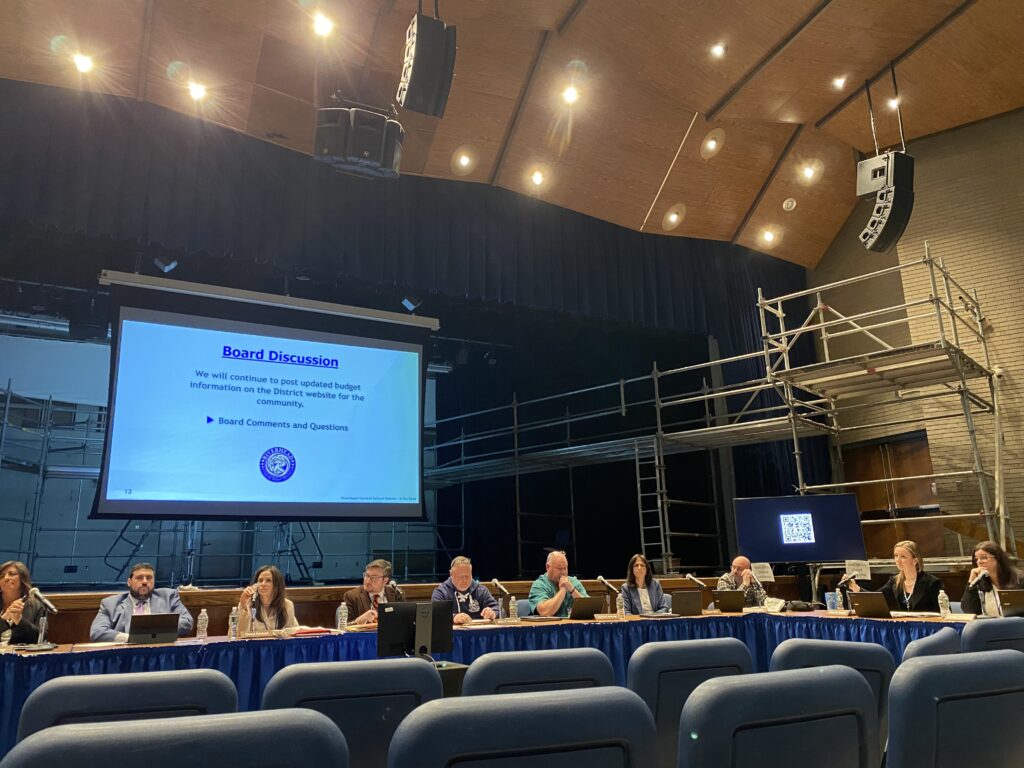Riverhead Water District working to address higher levels of chemicals found in Plant 5 wells

Riverhead Town’s water district will publish a “deferral notice” indicating that the presence of PFOS and PFOA at levels below the maximum New York State standard for drinking water at one of its plants.
The finding applies to Plant 5, which is on the north side of Middle Road and just east of Northville Turnpike.
Water District Superintendent Frank Mancini said that while the levels have not exceeded state drinking water guidelines, they are close.
There are two wells at Plant 5, and one has shown PFOA/PFOS levels at about 9 or 10 parts per trillion, while the other has just “trace amounts,” Mr. Mancini said.
The district has been blending the two to produce water well under the limits.
It had started blending due to the presence of manganese, and by coincidence, the same well had PFAS as well, Mr. Mancini said.
When a public water system is issued a deferral, the water system agrees to a schedule for corrective action and compliance with the new maximum contaminant level. In exchange, the state health department agrees to defer enforcement actions, such as assessing fines, if the water system is meeting the established deadlines.
Without the deferral notice, if readings came in above state guidelines, he might have to remove the plant from service while a remedy is worked on, he said.
“It’s just too close to take that kind of risk,” Mr. Mancini said.
The state last year adopted a drinking water limit of 10 parts per trillion for PFOS and PFOA. Prior to that, the state relied on a federal guideline of 70 parts per trillion.
Because of the new, more stringent standard, “nearly every water district is doing this,” Mr. Mancini said.
The difference is, Riverhead is not above those standards, he said.
While blending would be an acceptable permanent solution, Mr. Mancini said the district is doing an engineering analysis to identify the best treatment method by March, with the goal of implementing that method by summer of 2022.
Per- and polyfluoroalkyl substances, or PFAS, are a group of man-made chemicals that includes PFOA, PFOS, and many other chemicals, according to the U.S. Environmental Protection Agency.
“The maximum contaminant levels are set well below levels known to cause health effects in animal studies,” the deferral states. “Therefore, consuming water with PFOA and PFOS at the level detected does not pose a significant health risk. Your water continues to be acceptable for all uses.”
Among the uses are commercial household products, including stain- and water-repellent fabrics, nonstick products such as Teflon, polishes, waxes, paints, cleaning products, and fire-fighting foams often found at airports and military bases.
“PFOS has caused a wide range of health effects when studied in animals that were exposed to high levels,” the deferral states. “Additional studies of high-level exposures of PFOS in people provide evidence that some of the health effects seen in animals may also occur in humans. The most consistent findings in animals were effects on the liver and immune system and impaired fetal growth and development. The United States Environmental Protection Agency considers PFOS as having suggestive evidence for causing cancer based on studies of animals exposed to high levels of this chemical over their entire lifetimes.”
The Town Board in November hired the law firm of Sher Edling LLP, based in San Francisco, to pursue litigation against the makers of PFOS and PFOA.








